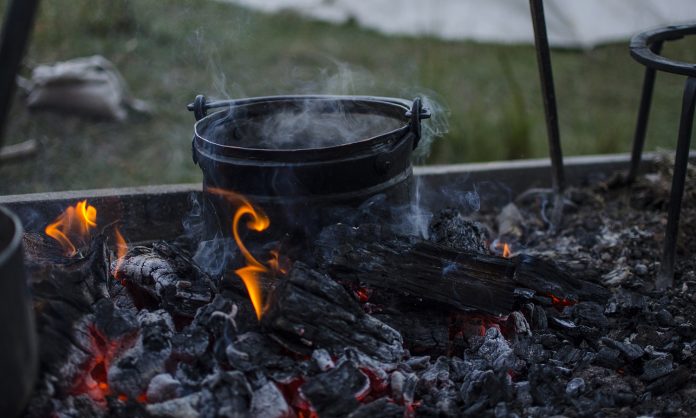
In an article for Writer’s Digest, Michelle Cameron shares five ways to enhance world-building for your historical novel. “You have to strongly believe in the world you are creating so you can virtually walk the streets and interact with the various settings,” she says.
While research is important, Cameron offers five additional methods for creating an immersive story world:
- Use Contemporary and Primary Sources. Non-fiction books about your time period are helpful, but Cameron suggests also searching out books written during the era. Use bibliographies to find source material, such as journals and other first person accounts.
- Find Books and Other Sources That Describe What Life Was Like. Research how people cooked and what they ate, what they wore, how they dealt with illness, and how they traveled, Cameron says.
- View Museums and Paintings. In addition to artwork, museums often include historical artifacts in their exhibits. Keep an eye out for exhibits featuring items from your story’s era. Artworks also can tell you how people dressed, how they were perceived, and what they considered important to document.
- Explore Maps. Search out contemporaneous maps from your time period to get a feel for how people moved about. Modern maps can help you calculate distances and imagine terrain.
- Extrapolate From Your Own Experience. Cold, illness, and hunger can happen in any era. Don’t hesitate to use personal experience to create authentic experiences for your characters. Cameron also suggests trying to recreate your characters’ experiences. While you might not be able to afford a vacation to the Russian steppes, there may be more modest experiences within your reach. Visit locations, try on clothing, and cook foods from your setting’s time period.











